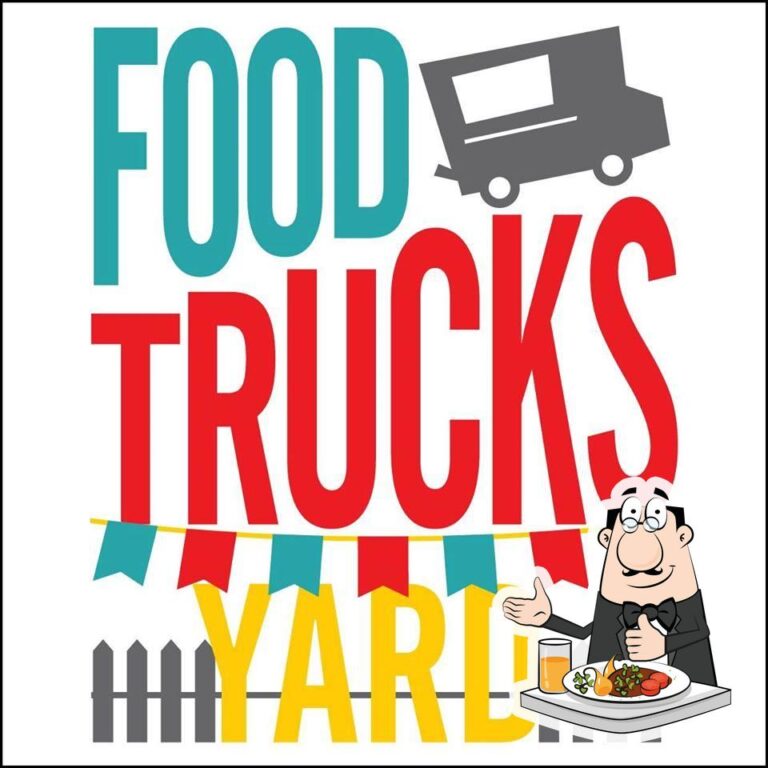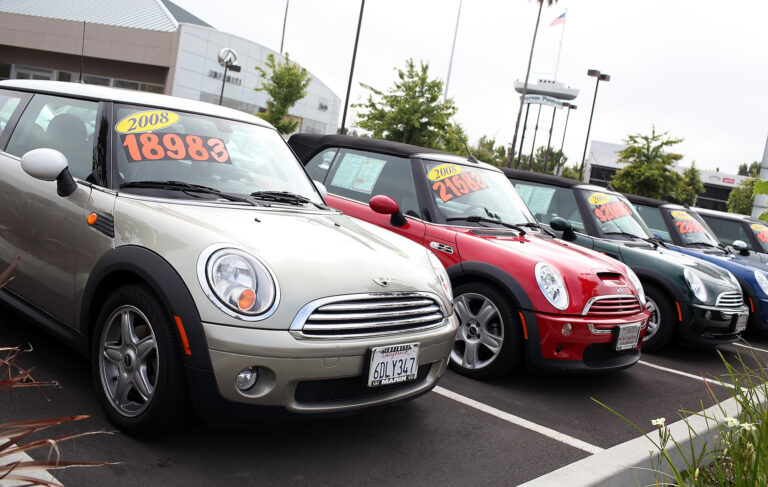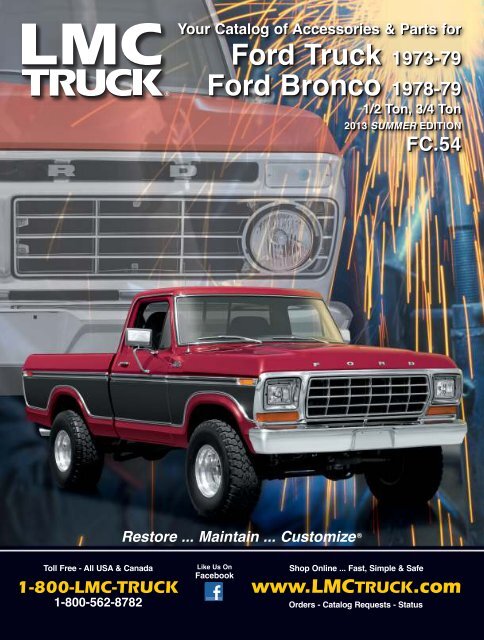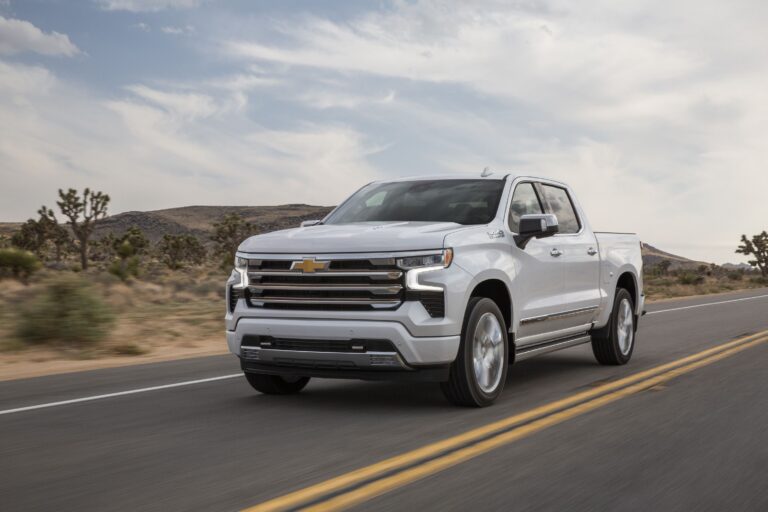Pre-Owned Lifted Trucks For Sale Near Me: Your Ultimate Buyer’s Guide
Pre-Owned Lifted Trucks For Sale Near Me: Your Ultimate Buyer’s Guide cars.truckstrend.com
The rumble of a powerful engine, the commanding view from a raised cab, and the undeniable presence on the road – there’s something uniquely captivating about a lifted truck. Whether you’re an avid off-roader seeking enhanced capability, a contractor needing superior ground clearance, or simply someone who appreciates the bold aesthetic and utility, a lifted truck makes a statement. While a brand-new, custom-built lifted truck can come with a hefty price tag, the market for pre-owned lifted trucks for sale near me offers a compelling alternative. This guide will delve into everything you need to know about navigating this exciting segment, helping you find your perfect rig without breaking the bank.
A pre-owned lifted truck isn’t just a used vehicle; it’s often a pre-customized machine, already equipped with the modifications that give it its distinctive stance and enhanced performance. The "near me" aspect is crucial, as it implies local availability, easier inspections, and potentially a quicker purchase process. This article aims to be your comprehensive resource, transforming your search from a daunting task into an informed and exciting adventure.
Pre-Owned Lifted Trucks For Sale Near Me: Your Ultimate Buyer’s Guide
Why Choose a Pre-Owned Lifted Truck? The Undeniable Advantages
Opting for a pre-owned lifted truck over a brand-new, stock model or a new custom build comes with a host of significant benefits:
- Cost-Effectiveness: This is arguably the biggest draw. New vehicles, especially trucks, depreciate rapidly in their first few years. Buying used means someone else has absorbed the steepest part of this depreciation curve, allowing you to get more truck for your money.
- Pre-Installed Modifications: Lift kits, oversized tires, custom wheels, aftermarket bumpers, winches, and performance upgrades can be incredibly expensive to purchase and install. With a pre-owned lifted truck, these often come as part of the package, saving you thousands of dollars and countless hours of planning and installation.
- Variety and Uniqueness: The used market boasts an incredible diversity of makes, models, and customization styles. You’re more likely to find a unique build that perfectly matches your taste and functional needs, rather than being limited to factory options.
- Proven Performance (with caveats): If a lifted truck has been on the road for a few years, it has often proven its reliability, especially if it comes with good maintenance records. You can also assess how the specific lift and modifications have affected its driving dynamics.
- Lower Insurance Costs: While a lifted truck might have slightly higher insurance premiums than a stock version, a pre-owned one will generally be cheaper to insure than a brand-new equivalent due to its lower replacement value.

Understanding Lift Kits and Their Impact
A "lifted" truck means its suspension or body has been raised to increase ground clearance and allow for larger tires. Understanding the different types of lifts is crucial when evaluating a pre-owned truck:
- Body Lifts: These kits use spacers to raise the truck’s body from its frame. They are relatively inexpensive and don’t change the suspension geometry, meaning ride quality is largely unaffected. However, they don’t increase ground clearance under the axles or differential, and the frame might become more visible.
- Suspension Lifts: These are more comprehensive, involving modifications to the springs, shocks, control arms, and other suspension components. They provide true ground clearance and better articulation for off-roading. Suspension lifts can range from mild (2-3 inches) to extreme (6+ inches) and significantly impact ride quality, handling, and component wear.
- Leveling Kits: A common, mild form of suspension lift, these typically raise the front of the truck to match the factory rake of the rear, allowing for slightly larger tires and a more aggressive stance without a full lift.


Impacts to Consider:
- Ride Quality: A well-installed suspension lift from a reputable brand can maintain a good ride, but cheaper or poorly installed kits can lead to a harsh, bouncy, or unstable ride.
- Handling: Lifting a truck changes its center of gravity, potentially affecting stability, especially at higher speeds or during sudden maneuvers. Larger tires also influence braking and steering.
- Fuel Economy: Larger, heavier tires and increased aerodynamic drag from a higher stance will almost certainly lead to a decrease in fuel efficiency.
- Component Wear: Lift kits, particularly larger ones, can put added stress on driveline components (CV joints, U-joints, tie rods, ball joints), potentially leading to accelerated wear.
- Warranty Issues: A significant aftermarket lift can void parts of the manufacturer’s warranty, especially on suspension and driveline components.
Key Factors When Searching "Near Me"
The "near me" aspect of your search offers practical advantages. Here’s how to leverage it:
-
Online Marketplaces with Location Filters:
- Dealership Websites: Most major dealerships (Ford, Chevy, Ram, Toyota) and independent used car lots list their inventory online. Use their search filters for "lifted" or "4×4" and set your radius.
- Aggregator Sites: Autotrader, Cars.com, CarGurus, and Edmunds allow you to search for specific models, apply filters for features like 4WD/AWD, and set a mileage radius from your location.
- Specialty Lifted Truck Dealers: Many regions have dealerships that specialize solely in lifted, customized, or off-road vehicles. A quick Google search for "lifted truck dealer [your city/state]" can reveal these.
- Private Seller Platforms: Craigslist, Facebook Marketplace, and local classifieds can be treasure troves for unique builds at potentially lower prices. Be prepared for more due diligence here.
-
Local Dealerships and Lots: Visit local used car lots or even new car dealerships with extensive used inventories. They often have trade-ins that are already lifted. This allows for in-person inspection and test drives.
-
Networking: Tell friends, family, and colleagues you’re looking. Word-of-mouth can lead to unexpected opportunities. Check local truck clubs or forums; members often sell their highly customized vehicles.
What to Look For: A Buyer’s Checklist
Finding a pre-owned lifted truck requires a meticulous inspection process. Don’t rush!
-
Vehicle History Report (VHR): Get a CarFax or AutoCheck report. Look for:
- Accidents: Even minor ones can indicate underlying damage.
- Service History: Regular maintenance is a huge plus.
- Ownership History: Fewer owners are generally better.
- Title Issues: Salvage, rebuilt, or flood titles are major red flags.
- Registration in states with rust: Be wary of trucks from areas with heavy road salt usage.
-
Inspect the Lift Kit:
- Brand and Quality: Ask about the lift kit’s brand (e.g., BDS, Rough Country, Fabtech, Pro Comp, Rancho). Reputable brands generally indicate better quality and safer engineering.
- Installation Quality: Look for clean welds, proper bolt torque (no stripped bolts), and no signs of DIY hacks. Are brake lines, ABS wires, and driveshafts properly extended or re-routed?
- Wear: Check shocks for leaks, bushings for cracks or excessive play, and coil springs/leaf springs for sagging or damage.
- Alignment: Uneven tire wear or a steering wheel that isn’t straight when driving straight could indicate alignment issues or worn suspension components.
-
Tires and Wheels:
- Condition: Check tire tread depth and evenness. Are there any cracks, bulges, or signs of dry rot? New oversized tires are a significant expense, so good condition is a bonus.
- Size: Ensure the tires are appropriate for the lift size – too large can cause rubbing, too small can look disproportionate.
- Wheels: Inspect for bends, cracks, or significant curb rash.
-
Undercarriage Inspection:
- Rust: This is critical. Minor surface rust on the frame is common, but significant, flaky rust on structural components, brake lines, or fuel lines is a deal-breaker.
- Fluid Leaks: Look for drips or stains under the engine, transmission, differentials, and transfer case.
- Driveshafts & U-Joints: Check for excessive play or damaged U-joints. A lifted truck’s driveshaft angles are changed, which can accelerate wear if not properly addressed.
-
Engine and Transmission:
- Fluids: Check oil, transmission fluid, brake fluid, and coolant levels and condition.
- Sounds: Listen for unusual noises (knocking, ticking, grinding).
- Performance: During the test drive, ensure smooth acceleration, shifting, and no warning lights.
-
Interior and Exterior: Assess general wear and tear, cleanliness, and functionality of all features. Damage here might indicate a less careful previous owner.
-
Test Drive:
- On-Road: Pay attention to steering feel, braking effectiveness, road noise from tires, and how the truck handles bumps and turns. Does it pull to one side? Is the steering loose?
- Off-Road (if applicable and safe): If you plan to off-road, and the seller permits, test it on uneven terrain to check 4WD engagement, articulation, and suspension noise.
-
Pre-Purchase Inspection (PPI): This is paramount. Take the truck to an independent mechanic (one who specializes in trucks or off-road vehicles, if possible) for a thorough inspection. They can spot issues you might miss and provide an objective assessment of the vehicle’s health and the quality of its modifications.
Financing Your Pre-Owned Lifted Truck
Financing a pre-owned lifted truck is similar to financing any used vehicle, but be aware of a few nuances:
- Lender Awareness: Some lenders might be hesitant to finance heavily modified vehicles, especially if the modifications are extreme or appear unsafe. Be prepared to provide details about the truck’s specifics.
- Appraisal Value: The value a bank assigns for a loan might not fully account for expensive aftermarket modifications. You might need a larger down payment if the truck’s selling price significantly exceeds its standard NADA/Kelly Blue Book value.
- Insurance: As mentioned, lifted trucks can have slightly higher insurance premiums due to their increased value (with modifications) and potentially higher risk profile (if used for off-roading). Factor this into your budget.
Maintaining Your Lifted Truck
Owning a lifted truck means understanding its unique maintenance needs:
- Regular Alignment Checks: Lift kits alter suspension geometry, making regular alignment checks (especially after off-roading) crucial to prevent uneven tire wear and ensure safe handling.
- Tire Rotation and Balancing: Oversized tires are expensive. Regular rotation and balancing extend their lifespan.
- Suspension Component Inspection: Routinely check bushings, ball joints, tie rod ends, and shock absorbers for wear or damage. These components may wear faster than on a stock truck.
- Driveshaft and U-Joint Maintenance: Inspect for play and ensure proper lubrication, especially if new driveshaft angles were introduced.
- Fluid Checks: Keep an eye on differential and transfer case fluids, especially if you’re frequently off-roading.
Estimated Price Ranges for Pre-Owned Lifted Trucks
The price of a pre-owned lifted truck varies dramatically based on make, model, year, mileage, condition, brand and extent of the lift kit, and other aftermarket modifications. The table below provides estimated price ranges to give you a general idea, but these are highly variable.
| Truck Category | Age (Years) | Condition | Estimated Price Range (USD) | Common Examples |
|---|---|---|---|---|
| Mid-Size Trucks | 5-10 | Good | $20,000 – $35,000 | Toyota Tacoma, Chevrolet Colorado, Nissan Frontier, Jeep Gladiator |
| (e.g., Tacoma, Colorado) | 3-5 | Excellent | $30,000 – $45,000+ | |
| Full-Size Light Duty Trucks | 5-10 | Good | $25,000 – $45,000 | Ford F-150, Chevrolet Silverado 1500, Ram 1500, Toyota Tundra |
| (e.g., F-150, Silverado 1500) | 3-5 | Excellent | $40,000 – $60,000+ | |
| Heavy-Duty Trucks | 5-10 | Good | $35,000 – $60,000 | Ford F-250/350, Chevrolet Silverado 2500/3500, Ram 2500/3500 |
| (e.g., F-250, Ram 2500) | 3-5 | Excellent | $55,000 – $80,000+ |
Disclaimer: These are broad estimates. A low-mileage, impeccably maintained, fully custom heavy-duty truck with a premium lift and extensive modifications could easily exceed the high end of these ranges. Conversely, an older, higher-mileage truck with basic modifications will be at the lower end. Always research specific models and compare multiple listings.
Frequently Asked Questions (FAQ)
Q1: Is buying a pre-owned lifted truck riskier than buying a standard used truck?
A1: Potentially, yes. The modifications introduce variables. The key is thorough inspection. A poorly installed lift or one that has caused excessive wear can lead to costly repairs. This is why a pre-purchase inspection by a qualified mechanic is absolutely essential.
Q2: Will a lifted truck affect my insurance premiums?
A2: Often, yes. The vehicle’s value is increased by the lift and other modifications, leading to higher replacement costs. Some insurers might also view lifted trucks as having a higher risk profile due to off-road use or altered handling. Always get an insurance quote before buying.
Q3: What’s the "best" type of lift kit?
A3: There’s no single "best." It depends on your needs. Body lifts are good for aesthetics and larger tires without affecting ride quality much. Suspension lifts provide true ground clearance for off-roading but can significantly change ride and handling. For daily driving with a bit more capability, a leveling kit or a mild 2-4 inch suspension lift is often ideal.
Q4: Can I daily drive a lifted truck?
A4: Absolutely! Many people do. However, be prepared for potential changes in fuel economy, increased road noise from aggressive tires, and a higher step-in height. Larger lifts can also make parking garages or drive-thrus challenging.
Q5: How can I tell if a lift kit was installed correctly?
A5: Look for clean work, proper alignment of components, and no signs of "cobbled together" parts. Check for proper routing of brake lines and wiring. Uneven tire wear, a crooked steering wheel, or excessive vibration during a test drive are red flags. Most importantly, have a reputable mechanic perform a pre-purchase inspection; they know what to look for.
Q6: Will a lifted truck get worse gas mileage?
A6: In almost all cases, yes. The combination of larger, heavier tires (which increase rolling resistance and unsprung weight) and the increased aerodynamic drag from a higher stance will typically result in a noticeable drop in fuel efficiency compared to a stock truck.
Conclusion: Your Adventure Awaits
Searching for "pre-owned lifted trucks for sale near me" opens up a world of possibilities for truck enthusiasts. It’s a smart way to acquire a capable and eye-catching vehicle without the full burden of new vehicle depreciation or the cost of custom modifications. By understanding the different types of lifts, knowing where to search, and diligently following a comprehensive buyer’s checklist, you can significantly reduce the risks and increase your chances of finding a true gem.
Be patient, do your homework, and never skip that crucial pre-purchase inspection. With the right approach, you’ll soon be enjoying the elevated view and unparalleled presence of your own pre-owned lifted truck, ready for whatever adventure lies ahead, on or off the beaten path.






